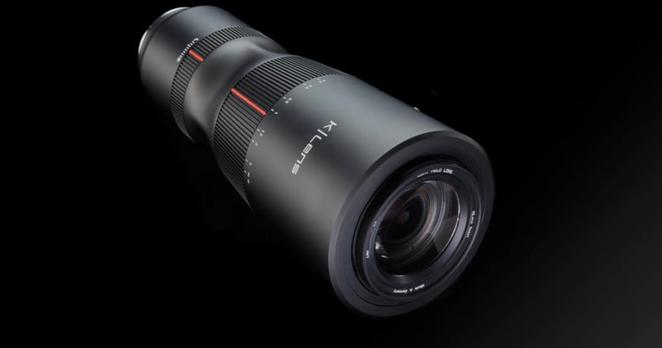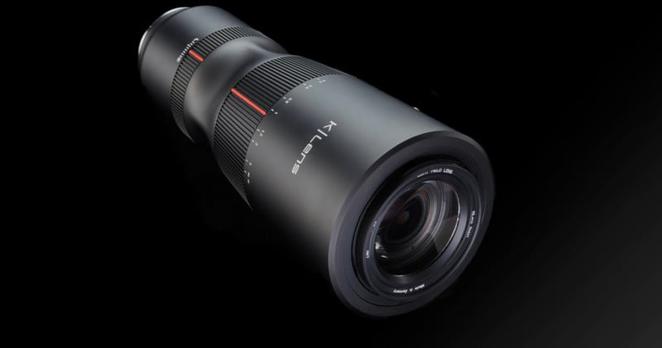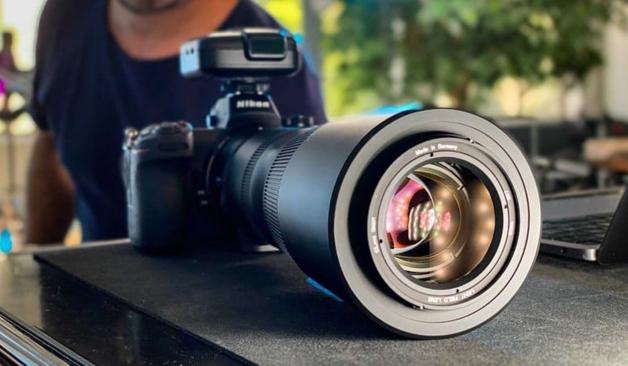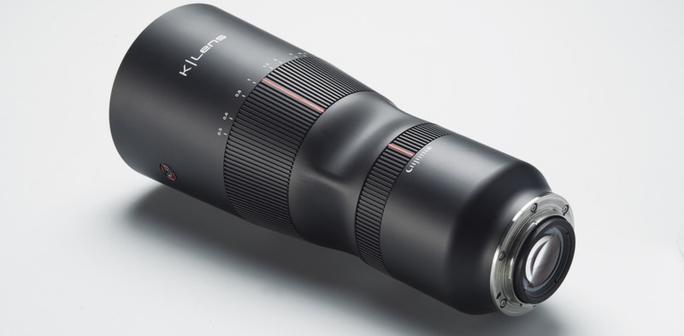Mapping the Depths with an Autonomous Solar Boat https://hackaday.com/2023/07/23/mapping-the-depths-with-an-autonomous-solar-boat/ #autonomousboat #depthmapping #RobotsHacks #greenhacks #gpshacks #solar #sonar
#depthmapping
Robotic Boat Rides High On PVC Pipe Pontoons
If you want to build your own rover, there's plenty of cheap RC trucks out there that will provide a serviceable chassis to work with. Looking to go airborne with a custom drone? Thanks to the immense popularity of first-person view (FPV) flying, you'll find a nearly infinite variety of affordable fixed wing and quadcopter platforms out there to chose from. But when it comes to robotic watercraft, the turn-key options aren't nearly as plentiful; the toys are all too small, and the commercial options are priced for entities that have an R&D budget to burn. For amateur aquatic explorers, creativity is the name of the game.
Take for example this impressive vessel built by [wesgood]. With a 3D printed electronics enclosure mounted to a pair of pontoons made of cheap 4-inch PVC pipe available from the hardware store, it provides a stable platform without breaking the bank. Commercial jet drive units built into the printed tail caps for the pipes provide propulsion, and allow the craft to be steered through differential thrust. Without rudders or exposed propellers, this design is particularly well-suited for operating in shallow waters.
A removable electronics tray allows for easy access.
Perched high above the water, the electronics box contains a Raspberry Pi 2, BU353 USB GPS receiver, and a Arduino Mega 2560 paired with a custom PCB that offers up convenient ports to connect a dual-channel Cytron 3 amp motor driver and Adafruit BNO055 9-DOF IMU. Power is provided by two 6,000 mAh LiPo batteries mounted low in the pontoons, and a matching pair of Adafruit current/voltage sensors are used to keep track of the energy budget. A small USB WiFi dongle with an external antenna plugged into the Pi offers up a WiFi network that [wesgood] can connect to with an iPad for control.
If the control software for the craft looks particularly well-polished, it's probably because [wesgood] just so happens to be a professional developer with a focus on mobile applications. While we're a bit skeptical of using WiFi for a critical long-distance link, we can't deny that the iPad allows for a very slick interface. In addition to showing the status of the craft's various systems, it lets the user either take manual control or place waypoints for autonomous navigation -- although it sounds like that last feature is only partially implemented right now.
We love this design, and are eager to see more as the project develops. Recently [wesgood] experimented with payloads that can be suspended from the bottom of the electronics box, specifically a sonar module for performing bathymetric observations. There's considerable interest in crowd sourced depth maps for inland waterways, and a robotic craft that can reliably chart these areas autonomously is certainly a step up from having to collect the data manually.
#robotshacks #autonomousboat #depthmapping #jetdrive #pontoon
K|Lens Unveils World’s First Light Field Lens That Works on Any Camera
A German-based startup named K|Lens is set to launch an ambitious new camera lens that the company claims is the first to bring 3D light field depth mapping to any full-frame camera.
K|Lens has been in contact with PetaPixel regarding its in-development lens system for several months. Since initial outreach, the physical design of the lens has changed a bit (the photos of the finished lens are notably different than the 3D models shown in example videos) but the underlying technology remains the same. In short, K|Lens has created what it claims to be the world's first light field imaging lens that works for both still images and video and on full-frame cameras.
Light field technology was originally popularized by the now-defunct Lytro, but K|Lens pitches its optic as capable of delivering on those promises in a usable way instead of just what was essentially a gimmick.
The lens itself is quite large because it uses a system of mirrors to project nine slightly different perspectives of a scene onto the camera sensor simultaneously. The company says it is like looking at a scene with nine cameras positioned at slightly different angles all at the same time. The system works like a kaleidoscope, which is where the "K" in K|Lens comes from.
The company claims that each image or video shot with the K|Lens One provides additional data beyond any other optic in the world, specifically in what K|Lens describes as rich light field data in the form of depth maps, point clouds, and nine separate viewpoints for each photo or video captured.
For example, below is a photo taken with the K|Lens One:
Which is captured by the camera as below (click to view full resolution):
From that data, the below depth information was recorded:
Below is another photo, the nine images captured by the K|Lens, and depth information from the center of the frame:
K|Lens provided the video below that illustrates the process:
<https://petapixel.com/assets/uploads/2021/11/K-Lens_Data_3D.mp4>
The actual capture of the images is important, but K|Lens relies on software to make use of those images. The company says that the possibilities with that data are numerous: depth-based editing, focus pulls, re-focusing, extended depth of field, and simplified segmentation are all noted as possibilities.
"K|Lens One photos and videos are also a perfect match for all 3D displays, be it stereo, holographic, or light field," the company says. "In addition, light-field content can be integrated into web applications to provide for a vivid and living user experience. On top of that, users always have access to multiple perspectives of their scenes to create with."
The lens will ship with software, but the company hasn't specifically said what lens mounts it plans to make available; example photos show the lens attached to DSLRs. The K|Lens will launch on Kickstarter on November 29 and will be available to back for $2,049, which is a significant discount off what the company plans to eventually sell the lens for ($4,099) when it becomes commercially available. A dedicated five-inch monitor with native software installed that will aid in image capture will also be available. K|Lens says it will be able to deliver finished lenses by the summer of 2022.
Additional example images and in-use scenarios can be found on the K|Lens website.
#equipment #news #depthmapping #dslrs #fullframe #klens #klensone #lens #lightfield #lightfieldcamera #lightfieldlens #lightfieldphotography #newlens



